Can you understand Wdm in one minute?

|
Hello everyone, I am Xiaozaojun.
When I introduced 5G fronthaul to you yesterday, a reader asked me, "Nowadays, we often see CWDM, DWDM, MWDM, and LWDM. What do these WDMs mean and what are the differences between them?" In today's article, I will give you a brief introduction and comparison. WDM, the full name of which is Wavelength Division Multiplexing, is a technology that combines optical signals of different wavelengths through a combiner and couples them into the same optical fiber for data transmission. How WDM works Wavelength × frequency = speed of light (constant value), so wavelength division multiplexing is actually frequency division multiplexing In simple terms, we can also think of WDM as a highway - different types of vehicles flow into this highway and then go their separate ways after reaching their destination. The role of WDM is to increase the transmission capacity of optical fiber and improve the utilization efficiency of optical fiber resources. For a WDM system to work properly, it is obviously necessary to control the wavelength (frequency) of each optical signal. If the wavelength interval is too short, it is easy to "collide". If the wavelength interval is too long, the utilization rate is very low. In the early days, due to limited technical conditions, the wavelength interval was controlled at tens of nanometers. This relatively dispersed wavelength division multiplexing is called sparse wavelength division multiplexing, or CWDM (Coarse WDM). Later, as the technology became more and more advanced, the wavelength interval was compressed shorter and shorter, to the level of a few nanometers, which became a compact WDM, called dense wavelength division multiplexing, or DWDM (Dense WDM). The wavelength interval of CWDM is 20nm, the wavelength range is from 1270nm to 1610nm, and there are 18 bands. CWDM 18 bands center wavelength Initially, the wavelength range specified by ITU for CWDM (ITU-T G.694.2) was 1270 to 1610 nm. Later, the ITU made some changes and shifted the channel center by 1nm, so the central wavelength was 1271 to 1611 nm. However, because the 1270-1470nm band has a significant increase in attenuation, many old optical fibers cannot be used normally, so CWDM generally gives priority to the use of the 8 bands of 1470~1610nm. The wavelength interval of DWDM can be 1.6nm, 0.8nm, 0.4nm, 0.2nm, and can accommodate 40, 80, 160 waves (maximum 192 waves). The wavelength range of DWDM is 1525nm to 1565nm (C band) and 1570nm to 1610nm (L band). DWDM usually uses C band, with wavelength interval of 0.4nm and channel frequency interval of 50GHz To summarize and compare, it is like this: CWDM and DWDM are more common. Next, I will talk about MWDM and LWDM. MWDM, which stands for Medium Wavelength Division Multiplexing, is China Mobile's favorite, along with its semi-active fronthaul solution (also known as Open WDM). When I introduced 5G fronthaul yesterday, I said that 5G fronthaul now requires at least 12 wavelength channels, so the plans of the three major operators all aim to achieve 12 wavelengths. Basic scenarios of 5G fronthaul The principle of MWDM is to reuse the first 6 wavelengths of 25G CWDM, and by adding TEC (Thermal Electronic Cooler) temperature control, shift the wavelength by 3.5nm left and right to form 12 wavelengths. The scheme is as follows: 6 waves to 12 waves This solution not only reuses the CWDM industry chain, but also meets China Mobile's own 10km fronthaul distance requirement, while also saving a large amount of optical fiber resources, achieving multiple goals at one stroke. Let’s take a look at LWDM. LWDM is based on Ethernet channel wavelength division multiplexing (LAN WDM), also known as fine wavelength division multiplexing. It is based on the 800GHz channel spacing, expanding from the existing 8 wavelengths to 12 wavelengths. The wavelengths are shown in the figure below: The 12 waves of LWDM DML refers to the directly modulated laser (Directly Modulated Laser) at the transmitting end of the TOSA of the optical module, and its counterpart is EML (Electro-absorption Modulated Laser). EML is more expensive. PIN refers to the diode at the receiving end of the ROSA of the optical module. Optical module rack structure LWDM is the favorite of China Telecom (China Unicom focuses on DWDM). Currently, China Telecom is organizing the upstream and downstream of the industry chain to conduct research and development, and it is in the sample stage. Well, the above is the introduction of DWDM, CWDM, MWDM, and LWDM. Do you understand? |
<<: In addition to base stations, what else should major cities pay attention to in 5G construction?
>>: SDN network architecture: three layers and three interfaces
Recommend
United States: Suspend 5G deployment!
[[442701]] As we all know, spectrum resources are...
Huawei launches LampSite X indoor digital innovation solution to unleash the unlimited potential of the digital world
[Dubai , UAE , October 11, 2023 ] During the 2023...
From "application availability" to "service accessibility" - the DNA innovation rule of Borei Data
[51CTO.com original article] In the past, users o...
5G is coming: 3 ways it will benefit your business
5G is still on the way, and telecom operators are...
Kubernetes uses OkHttp client for network load balancing
During an internal Java service audit, we discove...
Blockchain technology will change the world in these four ways
As the underlying technology of Bitcoin, blockcha...
What will 6G look like in the future?
[[389986]] At the recently concluded MWC Shanghai...
Transforming from traffic management to content management, where should operators start?
The comfortable life of living on a mountain of g...
The overall price of 5G mobile phones fell in January 2021
2020 is a year of rapid development of 5G. The sa...
What is Far-End Crosstalk and Near-End Crosstalk
If you are at all familiar with copper cable test...
The wave of data center upgrades is coming, and an excellent "trendsetter" needs to figure out these things!
[51CTO.com original article] In 2017, "digit...
RabbitMQ communication model routing model
Hello everyone, I am amazing. Today, I will lead ...
How to calculate and reduce fiber losses in your network?
Fiber optic networks have become popular over the...
DogYun (Dog Cloud) offers a 100 yuan discount on all independent servers per month, and Hong Kong servers start from 300 yuan per month
DogYun is a Chinese hosting company established l...
The Ministry of Industry and Information Technology unexpectedly disclosed the domestic 5G scheduled frequency band: starting from 3300MHz
Huawei's Kirin 970 chip pioneered the 1.2Gbps...









